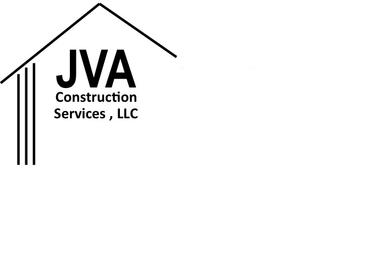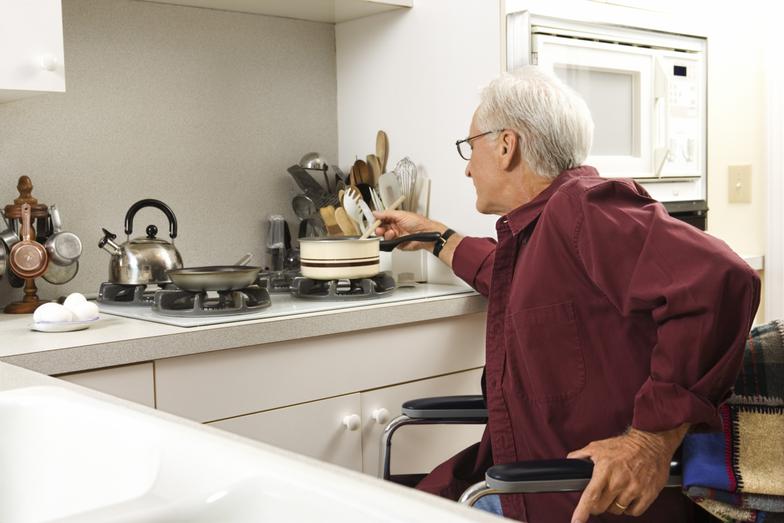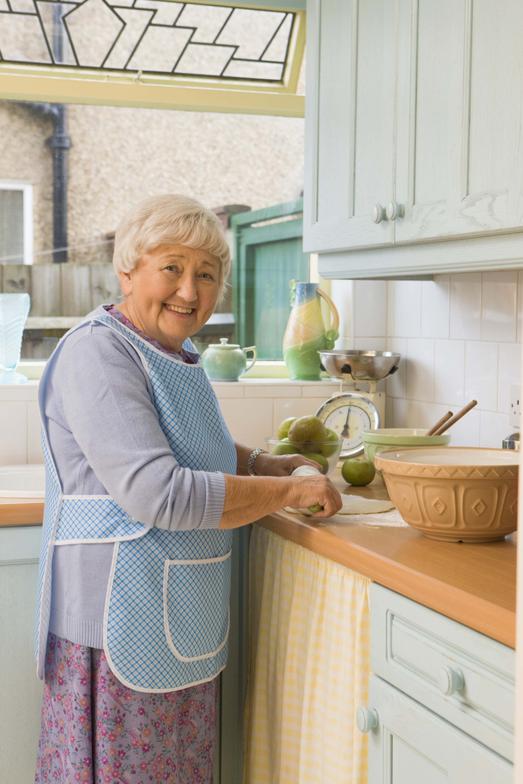Home Repair
Serving Syracuse & the surrounding area since 1986
" turning houses into HOMES "
315-727-6707
Remodeling
Construction
What is aging in place?
Aging in Place is a type of design that modifies your existing home to fit your needs as you become older.
More specifically, Aging in Place consists of creating an environment that is “barrier free”, i.e., rooms, entrances and locations that minimize or eliminate barriers like stairs or steps, abrupt elevations or slopes, thresholds greater than ½”, and constricted, cluttered, or inadequate passages. It is an “adaptable design” of living space that will increase the use, safety, security, and independence for homeowners as they age.
Adaptable Design responds to the problems of different people; individual differences, and changes in a homeowner’s capability over time. It is the ability of certain building fundamentals, such as kitchen counters, sinks, and grab bars to be added to, raised, lowered, or otherwise changed to accommodate the needs of either persons with or without disabilities, or to accommodate the needs of persons with different types or degrees of disability.
Seniors and baby boomers living at home: 3 Scenarios
(Do any of these fit you or someone you love?)
1. Aging in place without urgent needs: This group includes individuals who want to
stay in their current home, are not experiencing immediate health/mobility issues, and
prefer aging in place and universal design (see universal design page) conveniences.
Example: A New Place to Grow Old
2. Aging in place with progressive Condition-based needs: This group is made up of
those with chronic or progressive conditions that will require special modifications for
aging in place. These individuals are usually aware of their needs but meeting them is
not necessarily urgent. Many have chronic conditions such as diabetes and lung/heart
disease that challenge them.
Example: Aging in Place: A Little Help can go a Long Way
3. Aging in place with traumatic change needs: This group includes those who
experienced an abrupt or immediate change that demands adjustments in the
living environment for aging in place modifications and universal design.
Example: My Life Changed in an Instant
Aging In Place
What is “Aging In Place”?
Aging in Place is a type of design that modifies your existing home to fit your needs as you become older.
More specifically, Aging in Place consists of creating an environment that is “barrier free”, i.e., rooms, entrances and locations that minimize or eliminate barriers like stairs or steps, abrupt elevations or slopes, thresholds greater than ½”, and constricted, cluttered, or inadequate passages. It is an “adaptable design” of living space that will increase the use, safety, security, and independence for homeowners as they age.
Adaptable Design responds to the problems of different people; individual differences, and changes in a homeowner’s capability over time. It is the ability of certain building fundamentals, such as kitchen counters, sinks, and grab bars to be added to, raised, lowered, or otherwise changed to accommodate the needs of either persons with or without disabilities, or to accommodate the needs of persons with different types or degrees of disability.
In addition to Adaptable Design there are three other basic categories of design for Aging in Place as defined by the National Association of Home Builders;
Universal Design – Focuses on as much of the population as possible by designing space and using products that can be utilized by all people to the greatest extent possible.
Accessible Design – Focuses on specific clientele with a disability by designing a space the user can get around in with ease and comfort.
Visitability Design – Focuses on wheelchair accessibility clientele and targets accessibility to ground floors.
How do I know what kind of Aging In Place Design I need?
The answer depends greatly on your existing needs and your needs for the future. However, there is an assessment that a Contractor performs when preparing an Aging In Place Design;
What impairment, if any, does the client have, and to what extent (light, moderate or severe). They notate things like; vision, hearing, sense of feeling in arms or legs, use of hands, strength, balance, use of neck, reaching/stretching, coordination, endurance, awareness/understanding, breathing, dressing and undressing.
They will assess the existing homes entries, hallways and doorways, stairs, kitchen, bathroom, bedroom, living areas, storage/utility areas and parking areas for improved function ability.
How does the Contractor know what my future needs will be?
By selecting a Remodeling Contractor that is Certified in Aging In Place (CAPS) you are assured that the contractor has been trained, tested and has become certified in assessing the homestead needs of an aging or disabled person.
For more information on "Aging In Place" or to setup an appointment please Click Here and complete our Contact Form.





